A Comprehensive Guide to Epoxy Repair for Decayed Wood
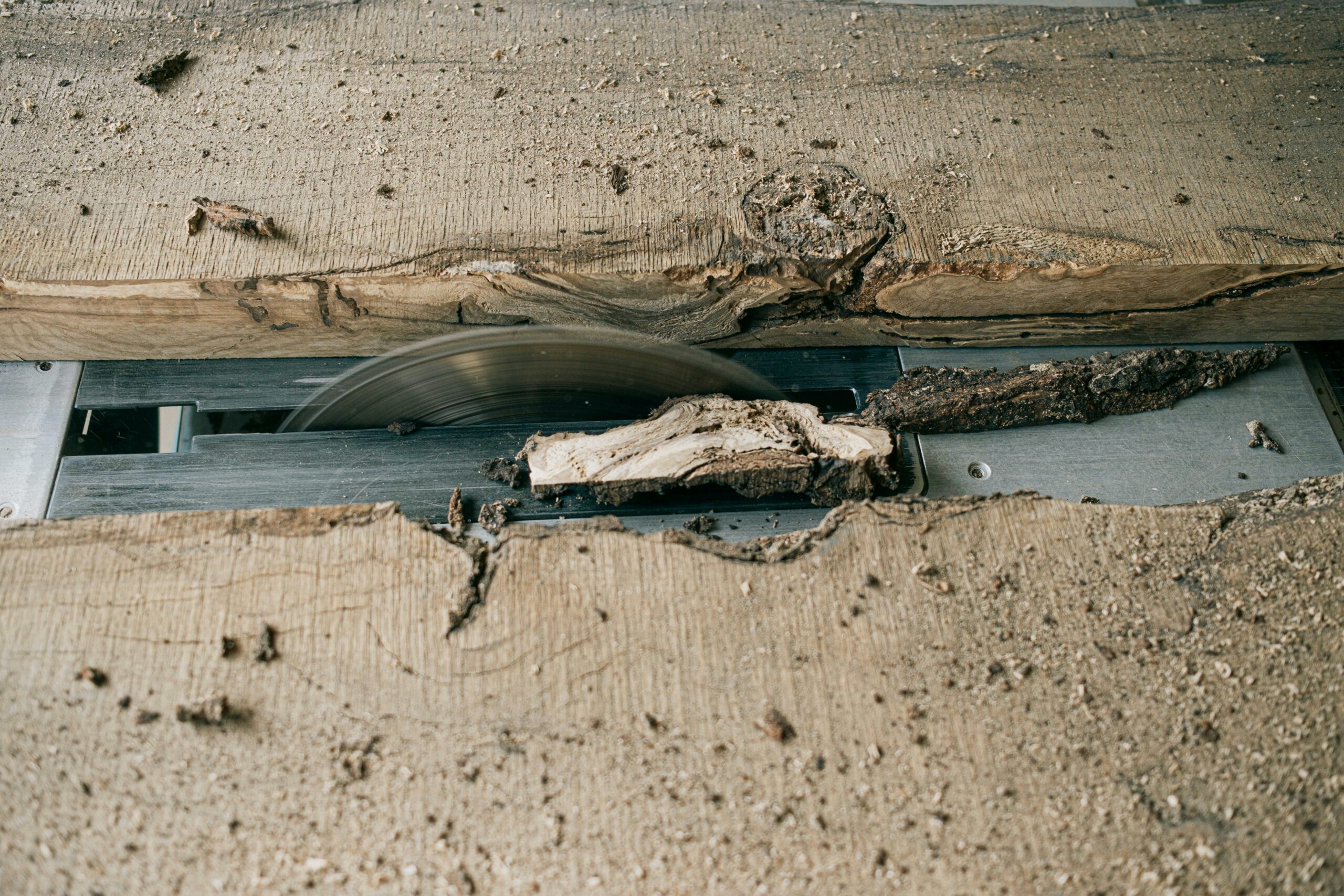
Wood is a timeless and versatile material used in various applications, from furniture to structural elements. However, over time, wood can decay due to moisture, pests, or natural wear and tear. Fortunately, epoxy resin offers a durable and effective solution for repairing decayed wood and restoring its strength and beauty. In this guide, we’ll delve into the process of epoxy repair for decayed wood, its benefits, and essential tips for successful restoration.
Understanding Epoxy Resin
Epoxy resin is a versatile synthetic material that, when combined with a hardener, creates a strong and durable adhesive. It bonds well with wood, metal, concrete, and other materials, making it ideal for repairing and reinforcing damaged surfaces. Epoxy comes in various formulations, including liquid, paste, and putty, allowing for versatility in applications.
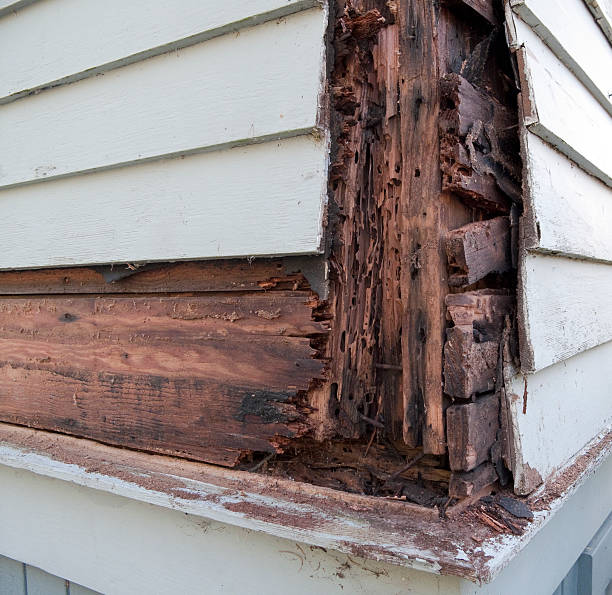
Benefits of Epoxy Repair for Decayed Wood
- Strength and Durability: Epoxy resin forms a strong bond with wood fibers, providing structural reinforcement and preventing further decay or damage.
- Water Resistance: Once cured, epoxy is highly resistant to moisture, making it suitable for outdoor applications and areas prone to water exposure.
- Versatility: Epoxy can be shaped, molded, or sculpted to match the contours of the wood surface, making it ideal for intricate repairs and restorations.
- Aesthetic Appeal: Epoxy can be tinted, stained, or finished to match the color and texture of the surrounding wood, creating a seamless and visually pleasing repair.
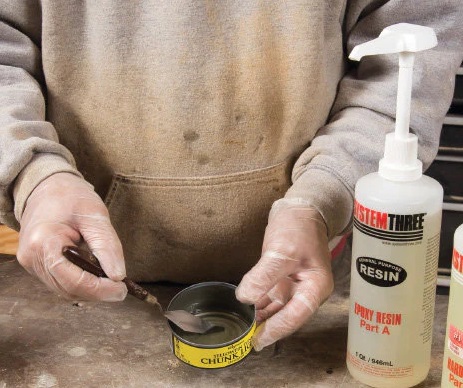 Steps for Epoxy Repair of Decayed Wood
Steps for Epoxy Repair of Decayed Wood
Assessment and Preparation
- Identify the extent of decay: Inspect the wood for signs of decay, including softness, mold, or insect damage. Determine the areas that require repair and assess the structural integrity of the wood.
- Remove decayed wood: Use a chisel, scraper, or rotary tool to remove decayed or weakened wood until you reach solid, sound wood fibers. Clean the area thoroughly to remove debris and contaminants.
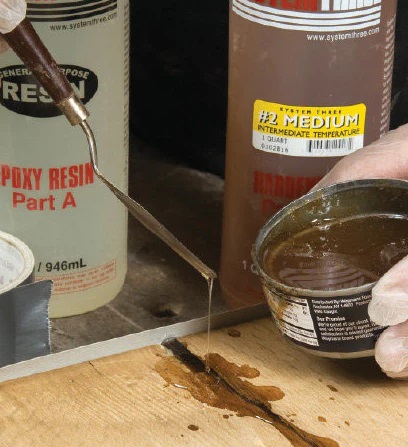 Mixing and Application of Epoxy
Mixing and Application of Epoxy
- Choose the right epoxy: Select an epoxy resin suitable for wood repair, such as a two-part epoxy with a wood filler or structural adhesive properties.
- Mix epoxy components: Follow the manufacturer’s instructions to mix the epoxy resin and hardener thoroughly. Use a disposable mixing container and stir stick for accuracy.
- Apply epoxy to the wood: Apply the epoxy mixture to the prepared wood surface using a putty knife, brush, or syringe, depending on the size and complexity of the repair. Ensure even coverage and fill any voids or gaps.
Shaping and Sculpting
- Shape the epoxy: While the epoxy is still pliable, sculpt and shape it to match the contours of the wood surface using tools, such as sculpting knives or sandpaper. Create a smooth and seamless transition between the repaired area and the surrounding wood.
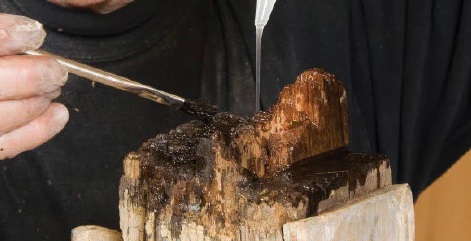 Curing and Finishing
Curing and Finishing
- Allow epoxy to cure: Let the epoxy cure according to the manufacturer’s instructions. This typically involves a curing time of several hours to overnight, depending on the epoxy formulation and environmental conditions.
- Sand and finish: Once the epoxy is fully cured, sand the repaired area to achieve a smooth and uniform surface. Apply a finish, such as paint, stain, or clear coat, to match the appearance of the surrounding wood and provide protection against UV rays and moisture.
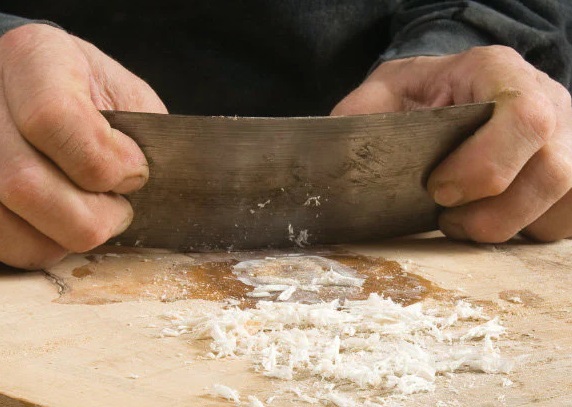
Tips for Successful Epoxy Repair
- Follow manufacturer’s instructions: Always read and follow the manufacturer’s guidelines for mixing, application, and curing of epoxy resin to ensure optimal results.
- Work in well-ventilated areas: Epoxy resins emit fumes during curing, so work in a well-ventilated space or use a respirator to avoid inhalation.
- Practice on small areas: If you’re new to epoxy repair, practice on small, inconspicuous areas before tackling larger or more visible repairs.
- Use proper safety precautions: Wear gloves, eye protection, and appropriate clothing when working with epoxy resin to protect your skin and eyes.
Epoxy repair offers a reliable and durable solution for restoring decayed wood and preserving its integrity for years to come. By following the steps outlined in this guide, you can successfully repair decayed wood surfaces, enhance structural strength, and maintain the aesthetic appeal of wood elements in your home or projects. Whether you’re repairing furniture, decks, or structural beams, epoxy resin provides versatility, durability, and long-lasting results in wood restoration.
Comments
Add comment